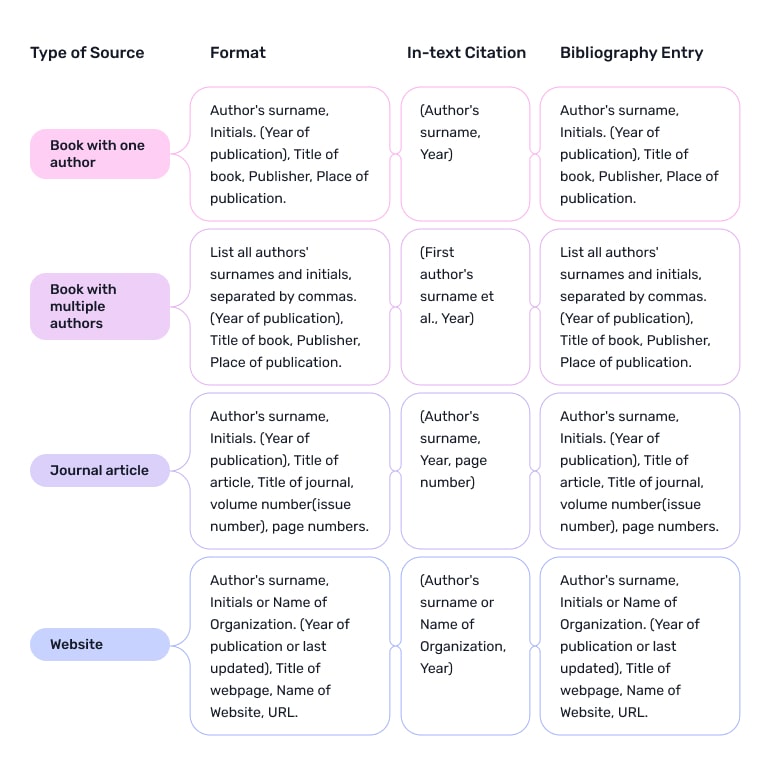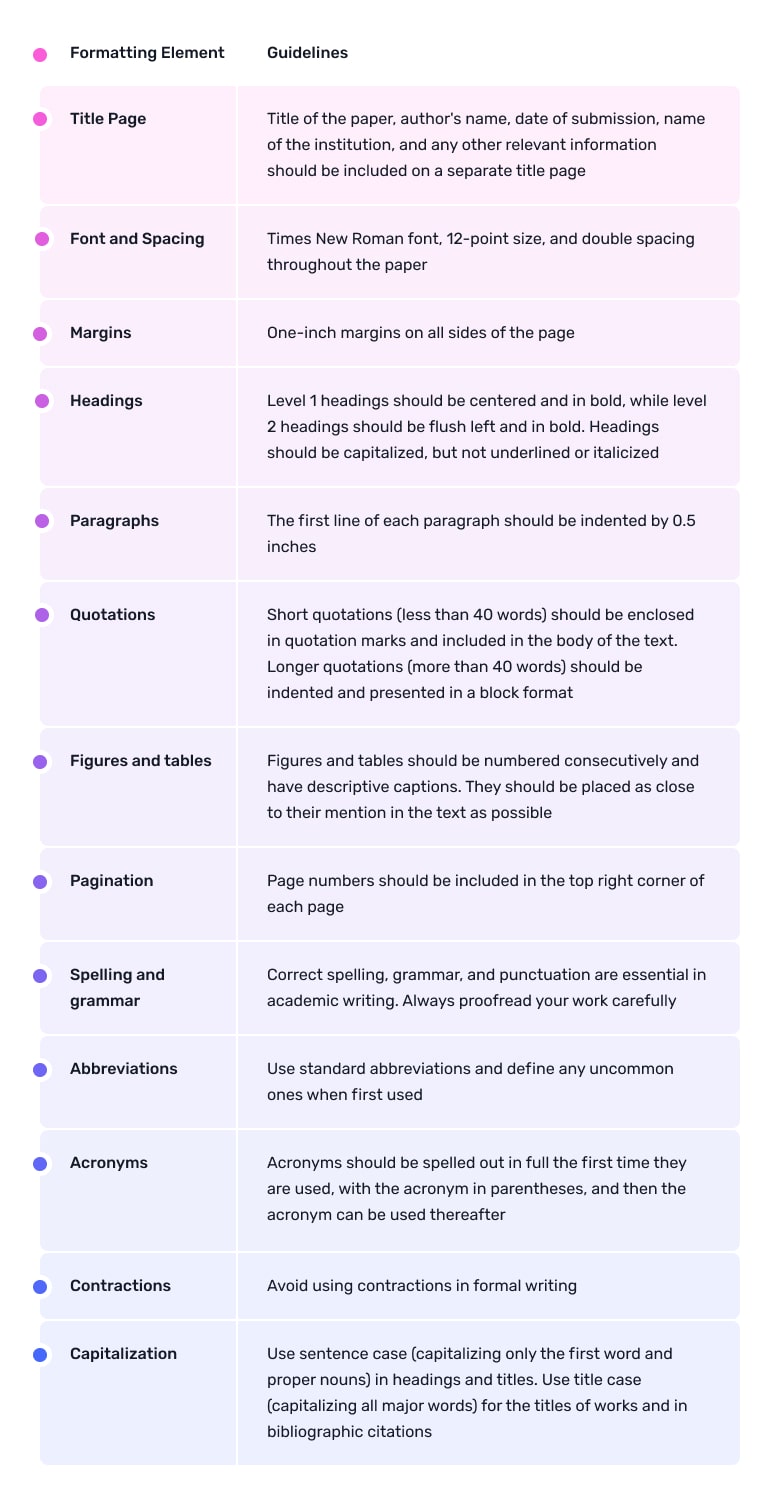Oxford Style
As a student, you know that referencing is an essential part of academic writing. There are many different referencing styles, and Oxford referencing is one of the most commonly used in the UK. In this guide, we will take a closer look at what Oxford referencing is, how to use it, and some tips for getting it right.
What is Oxford referencing?
Oxford referencing, also known as the Oxford style or the footnote system, is a way of acknowledging sources used in academic writing. It was developed by the University of Oxford and is widely used in the UK. Unlike other referencing styles, Oxford referencing uses footnotes to cite sources in the body of the text rather than in-text citations or brackets.
The purpose of referencing is to give credit to the original authors and to allow readers to find the sources used in your writing. It is also a way of demonstrating the breadth and depth of your research and showing that you have engaged with the literature.
How to use Oxford referencing
Oxford referencing has a few basic rules that you need to follow to use it correctly. Here is a step-by-step guide to using Oxford referencing.
Step 1: Create a footnote
When you refer to a source in your writing, you should create a footnote. This footnote should contain the information needed to identify the source, such as the author’s name, the title of the work, the publication date, and the page number(s) you are referring to.
To create a footnote, simply insert a superscript number in the text where you want to cite the source. This number should correspond to the number of the footnote at the bottom of the page.
Step 2: Format the footnote
The footnote should contain all the information needed to identify the source. The basic format for a footnote is as follows:
Author’s name, Title of work (Place of publication: Publisher, Year), Page number(s).
For example:
John Smith, The History of England (London: Penguin, 2005), 56-57.
If you are citing a journal article, the format is slightly different:
Author’s name, “Title of article,” Journal title Volume number, issue number (Year): page number(s).
For example:
Jane Doe, “The Impact of Climate Change on Biodiversity,” Environmental Science & Technology 47, no. 7 (2013): 3032-3038.
Step 3: Repeat for each source
Whenever you cite a source, you should create a new footnote and format it according to the guidelines above. This can be time-consuming, but it is essential to ensure that your referencing is accurate and complete.
Step 4: Include a bibliography
At the end of your work, you should include a bibliography of all the sources you have cited in your footnotes. The bibliography should be formatted in alphabetical order by author’s last name and should include all the information needed to identify each source.
The basic format for a bibliography entry is as follows:
Author’s name, Title of work (Place of publication: Publisher, Year).
For example:
Smith, John. The History of England. London: Penguin, 2005.
Doe, Jane. “The Impact of Climate Change on Biodiversity.” Environmental Science & Technology 47, no. 7 (2013): 3032-3038.
How to Cite Sources

Please note that there are variations of the Oxford referencing style depending on the discipline and institution, so it’s important to check with your professor or department for specific requirements.
General Guidelines for Oxford Formatting

These guidelines should help ensure that your Oxford style paper is formatted correctly and easy to read.